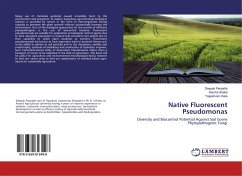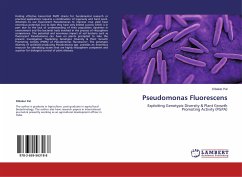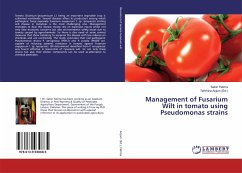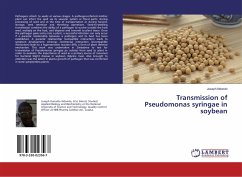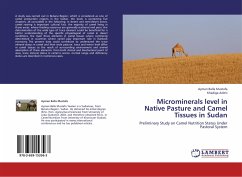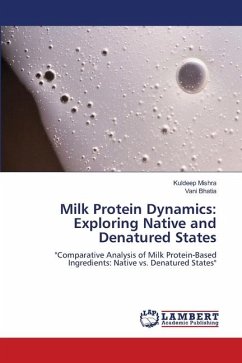Messy use of chemicals pesticide caused incredible harm to the environment and ecosystem. To replace hazardous agrochemicals biological solution is provided by nature in the form of microorganisms having capacity to promote the plant growth without substantially harming the environment. One of the biological approaches for the control of different phytopathogens is the use of biocontrol bacteria. Fluorescent pseudomonads are suitable for application as biological control agents due to their abundant population in natural soils and plant root system due to their capability to utilize plant exudates as nutrient. Fluorescent pseudomonads are known to have important traits in bacterial fitness such as the ability to adhere to soil particles and to the rhizoplane, motility and prototrophy, synthesis of antibiotics and production of hydrolytic enzymes. Such multi-dimensional utility of fluorescent Pseudomonas makes them a bioagent of choice to be exploited in the field of agriculture. This book will be useful for agriculture and environmental microbiologist doing research to find out newer ways to find out replacement of chemical based agro-inputs for sustainable agriculture.
Bitte wählen Sie Ihr Anliegen aus.
Rechnungen
Retourenschein anfordern
Bestellstatus
Storno

